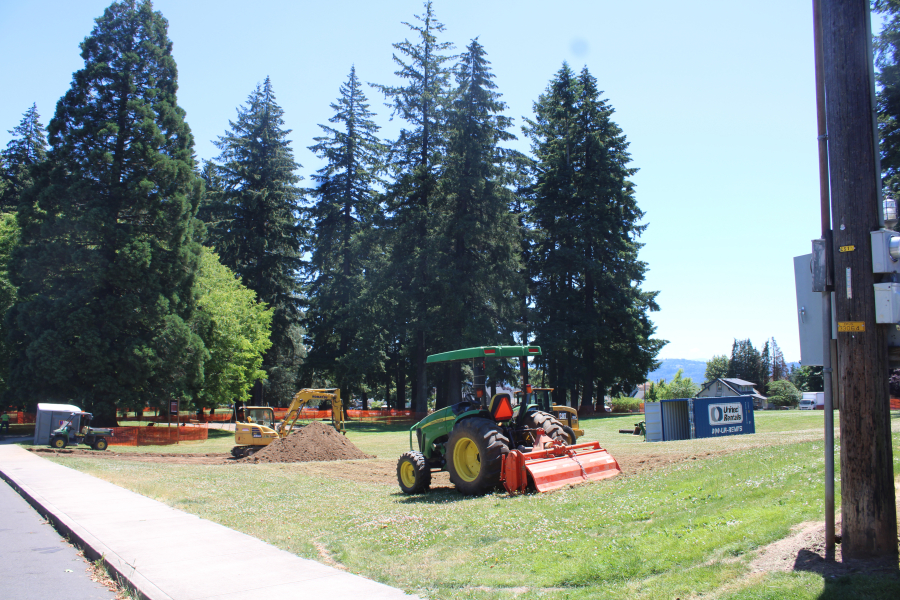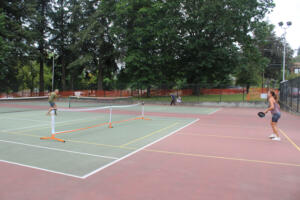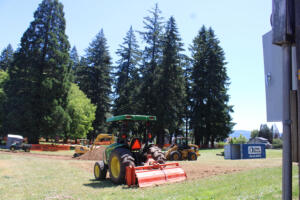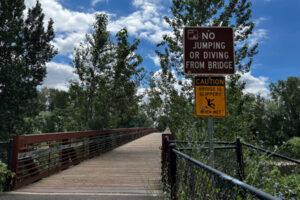The Camas City Council this week approved updates to the City’s park impact fees that will charge developers more for larger homes and create new categories for accessory dwelling units (ADUs) and commercial-industrial developments.
The impact fees, paid by new development, will help Camas pay for park improvements that accommodate new residents and employees.
“We are a system that is ambitious … and wants to provide the best for our community,” Camas Parks Director Trang Lam told Council members during their June 17 workshop. “Unfortunately, with the (park impact fee) rates we have now, and new housing coming in, we are behind.”
Lam, who will soon begin her new role as the Port of Camas-Washougal’s chief executive officer, said city leaders have two options: keep the same impact fees and scale back on future parks projects and parks and recreation needs or increase the park impact fees paid by developers and be able to meet some of the parks and recreation demands those new residents and employees will put on the Camas parks system.
“The reality is that, even if we start collecting (increased fees) now, we’re still behind,” Lam told Council members this week. “If we do nothing now or scale just slightly above, we will continue to fall further behind.”




